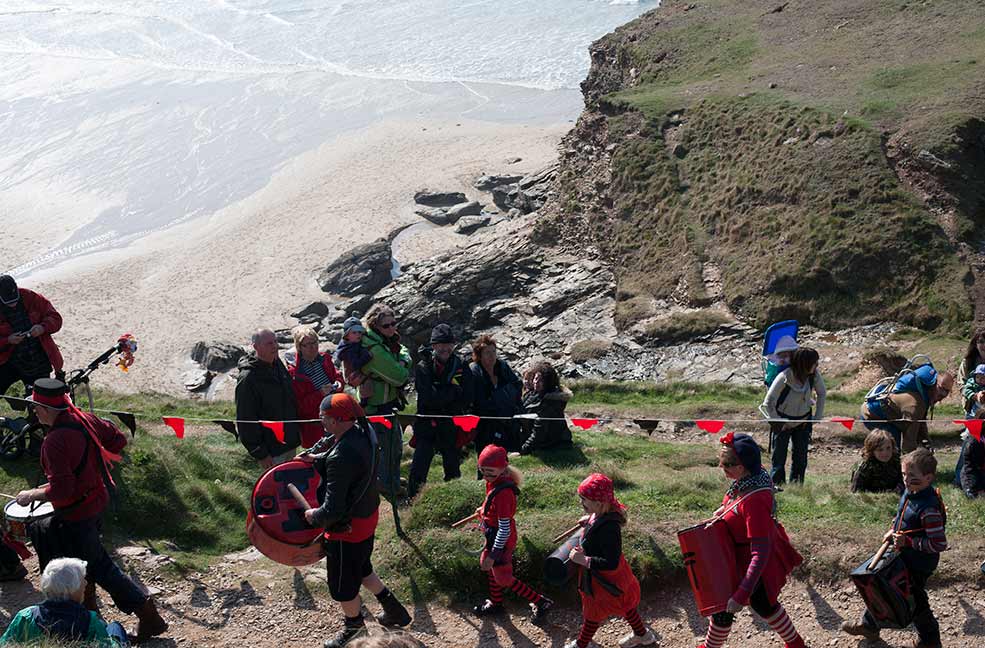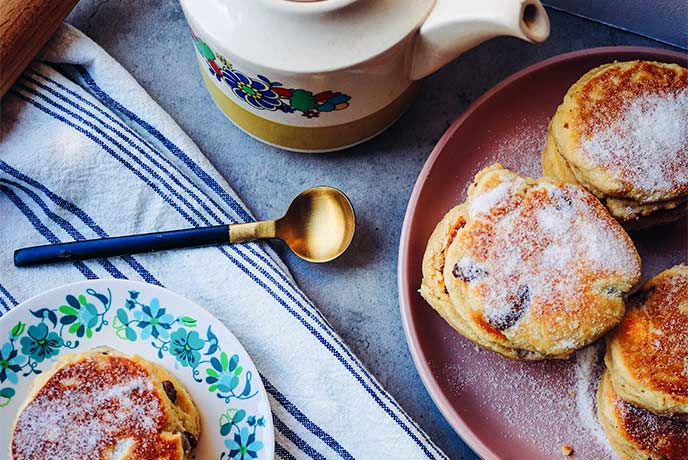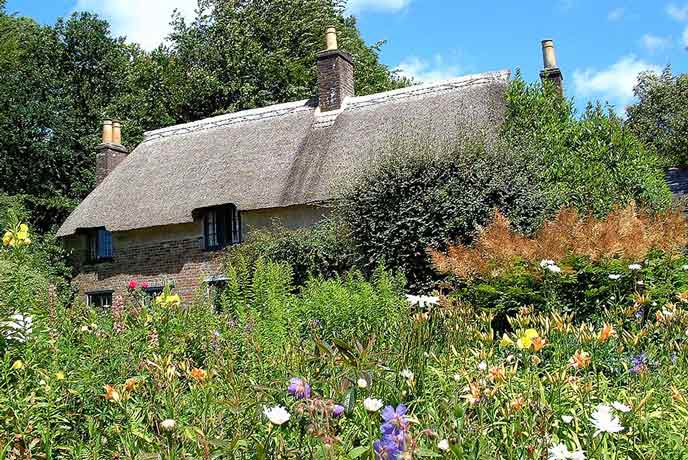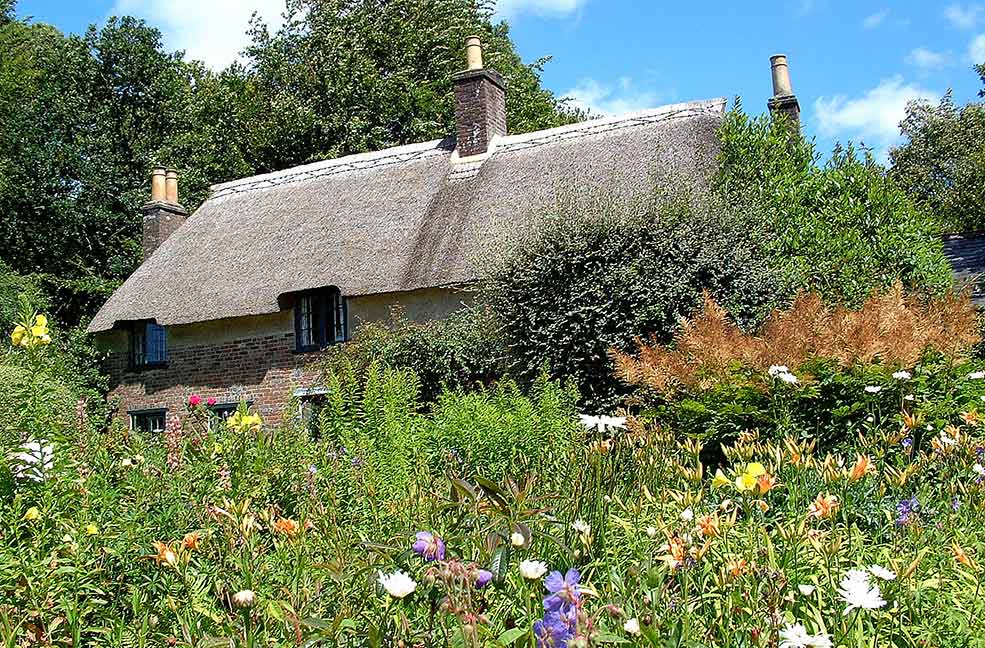
I spent a lovely autumn afternoon here with my mum recently whilst on holiday in Dorchester, arriving at Athelhampton House just after opening. With a quick flash of my English Heritage staff pass knocking a few pounds off of the entry fee, we were instantly impressed with value for money.
Stepping out of the ticket office, the grandeur of the 15th Century country manor house rose before us. Whilst impressive in size, there is nothing over the top or imposing about the beautiful architecture and it sits perfectly in harmony with the beautiful gardens which surround it.
As we moved through the darkened entrance way to the house, I found The Great Hall at very centre of the house to be the most impressive part of the experience and is what struck me the most. Built in 1485, the hall would have originally served as the entire accommodation but has been greatly added to throughout the centuries as the house became domesticated. It is, in my opinion, a beautiful example of Tudor architecture, with the large fireplace and wooden panelling, and is easy to imagine sitting down to a family feast here in times gone by.
From the Great Hall, you can access all of the other rooms to the house, from the dining room, to the bedrooms and the small but immaculate library. The top levels of the house are now in use as an art gallery and the well-lit, airy space is the perfect space in which to house the work of artist Marevna, who lived at Athelhampton from 1948-1957.
Following a wander of the upstairs rooms, the route leads back down to the ground floor where we once again were able to soak in the history and atmosphere of the great hall, before heading out into the gardens. There are areas of the house which are cornered off, simply because the family is still in residence here, but this does nothing to inhibit the enjoyment or display of the house and its historical furnishings and artefacts.
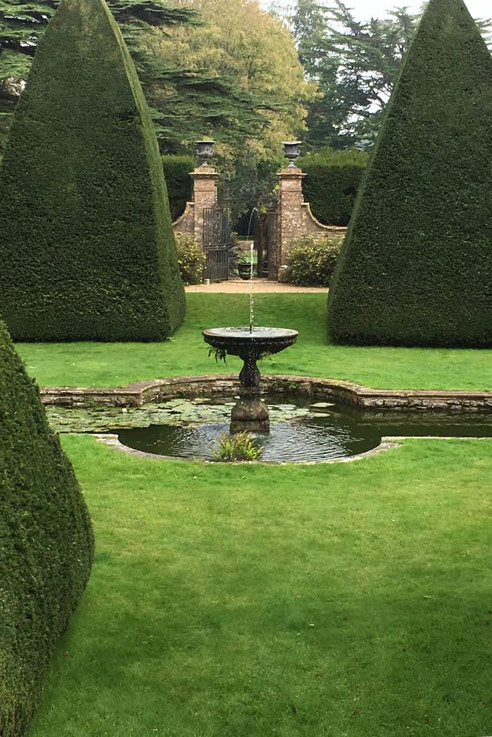
The gardens were stunning on our visit, with the summer colours just coming to an end, and making way for the more vibrant and fiery colours of autumn. The formal gardens were built between 1891 and 1899 by Alfred Cart de Lafontaine, and the striking pyramid shaped yew trees of the great court is now the most famous part of the gardens.
It is easy to see why this makes for a beautiful wedding venue, with ceremonies able to take place in the Great Hall and then wedding photos to be taken in the stunning gardens. One of my favourite parts of the gardens was the dovecot, with pink roses hanging beautifully from the roof and cascading down the walls. When asking the guide the purpose of a dovecot, I was surprised to learn that in days gone by, nothing from the dove would be wasted- meat, feathers and bones all had a purpose in the Tudor home, meaning that the doves really did earn their keep!
Once we had exhausted the gardens, we left and headed back through Puddletown, stopping at a wonderful pub called The Blue Vinny- I highly recommend the ploughmans and a pint of local ale, as long as you aren’t driving of course…


